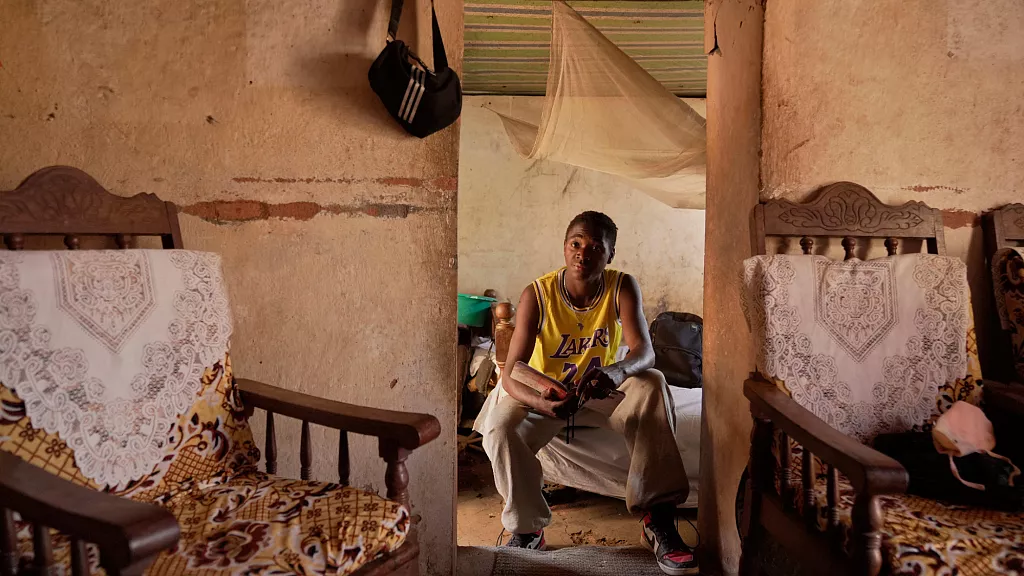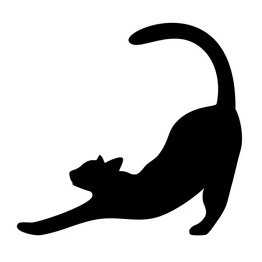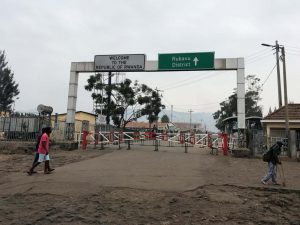Madagascar’s youth hope coup leader will continue to hear them

For Donah Falia and the other young people whose weeks of protests paved the way for Madagascar’s military coup last week, the change at the top has brought no immediate relief to their lives.
The 20-year-old accounting student still has to wait in line for hours to get water from a tank in his neighborhood on the outskirts of the capital, Antananarivo, because the taps at home generally only work at night, and sometimes not even then. The job market is just as dry.
“For us, personally, there is no answer here yet. I still don’t see any hope for us,” Falia told The Associated Press the day after Col. Michael Randrianirina was sworn in as president.
Randrianirina’s ousting of the democratically elected president, Andry Rajoelina, and decision to install himself as the new head of state followed a playbook that Madagascar’s roughly 30 million people have become all too familiar with since the 1960 end of French colonial rule and one that has been used in several other African countries in recent years.
Madagascans largely celebrated the overthrow of the old regime, as they did when Rajoelina first came to power as a transitional leader in a 2009 military coup.
But the young protesters, whose anger and sacrifices over Madagascar’s high unemployment, poverty, and utility outages made the conditions ripe for a coup, can now only hope their lives will improve under the new leader and that he’ll eventually make good on his promise to cede power to a civilian government.
The protests, which began in September and were largely leaderless, brought thousands into the streets in several cities and initially sparked a harsh crackdown by security forces that left 22 people dead and more than 100 injured, according to the United Nations. The government at the time disputed those figures.
When Randrianirina’s politically powerful CAPSAT (Army Corps of Personnel and Administrative and Technical Services) unit sided with the demonstrators earlier this month, Rajoelina realized he had lost a power struggle and fled the country, declaring the coup illegal.
The protesters, who rallied around images of the same “One Piece” Jolly Roger that has featured in so-called Gen Z protests elsewhere in the world, welcomed the military overthrow, cheering on Randrianirina as he declared he was now in charge.
They said getting rid of the old regime was their top priority and took heart in how Randrianirina emphasized their importance, telling the nation after being sworn in, “We must take the opinion of the youth to the politicians and all the power groups.”
Tsantsa Fiderana Rakotoarison, a 22-year-old student and protester, said he was hopeful that protesters would continue to be heard.
“Even though the CAPSAT group took responsibility after the whole change, they know that young people are able to speak up again,” he said.
Falia said he was grateful to the military for helping topple Rajoelina, but that protesters had hoped that with Rajoelina gone, the people would get to choose their new leader.
In his Anosimahavelona neighborhood, Falia’s situation looks no different than before the coup, with regular cuts to power and water making life a daily grind and no real job prospects.
“Our demands have not been met, because we are still without electricity,” he said while sitting on an old couch in his one-bedroom home. “Water is still not available.”
Some of the youth protesters — labor unions and civic groups also took part in the demonstrations — have vowed to hold the new government accountable if the situation doesn’t improve soon.
“The youth have already said that they will rise again at May 13th Square if their demands are not met,” said protester Farasoa Rakotomanana, referring to the central square in Antananarivo where Randrianirina told protesters he had taken power.
Rakotomanana, 63, recalled the destruction and looting that happened during the 2009 coup that brought Rajoelina to power, and was thankful that, thus far, it had been avoided this time.
By Africanews



